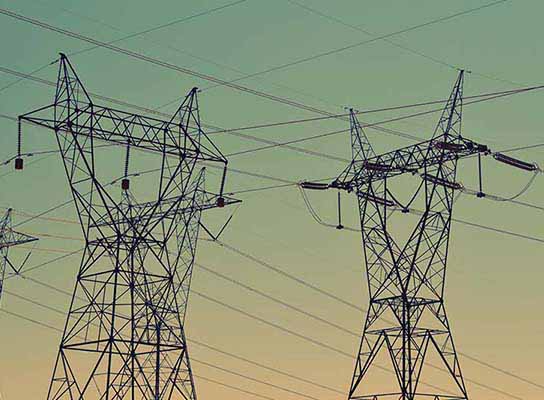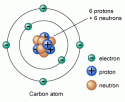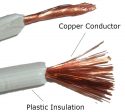Electricity is the source of energy that is widely used by the peoples around the world. Today, life can’t be imagined without electricity. We use it all the time for lighting our houses, powering smartphones and computer etc. You have to just push a button and you have the electricity powering your appliances. So, what is the electricity itself? First, we have to understand about the atom and its components to understand the electricity.
Atom – Basic Building Block of Elements
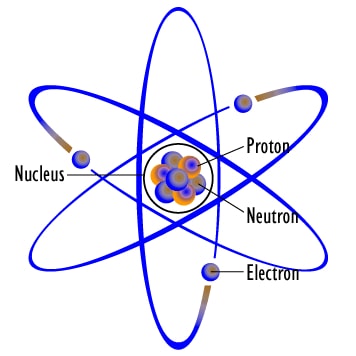 Atoms are smaller particles of matter, so small that millions of them can fit on the tip of a needle. These atoms are not fundamental particles, but they are made up of even smaller particles known as electrons, protons and neutrons. Protons and neutrons are held together in the center (nucleus) of an atom. Whereas, electrons orbit around the center at very high speeds. Electrons carry a negative charge and protons carry a positive charge, but neutrons are neutral (charge less). Both electrons and protons have the same amount of charge. Also, the number of electrons and protons are equal in an atom, which makes the atoms neutral (charge less). Read more about Atom
Atoms are smaller particles of matter, so small that millions of them can fit on the tip of a needle. These atoms are not fundamental particles, but they are made up of even smaller particles known as electrons, protons and neutrons. Protons and neutrons are held together in the center (nucleus) of an atom. Whereas, electrons orbit around the center at very high speeds. Electrons carry a negative charge and protons carry a positive charge, but neutrons are neutral (charge less). Both electrons and protons have the same amount of charge. Also, the number of electrons and protons are equal in an atom, which makes the atoms neutral (charge less). Read more about Atom
Since electrons are not bound to one location like protons and neutrons. Instead, they revolve around the center of an atom, so they can be freed from an atom by applying some force. When electrons jump to other atoms throughout the material by some applied force, they create electricity. Therefore you can consider the flow of electrons as electricity, but electricity can also be stored where electron don’t flow. So, Electricity is divided into two types, one is current electricity and other is static electricity.
Current Electricity
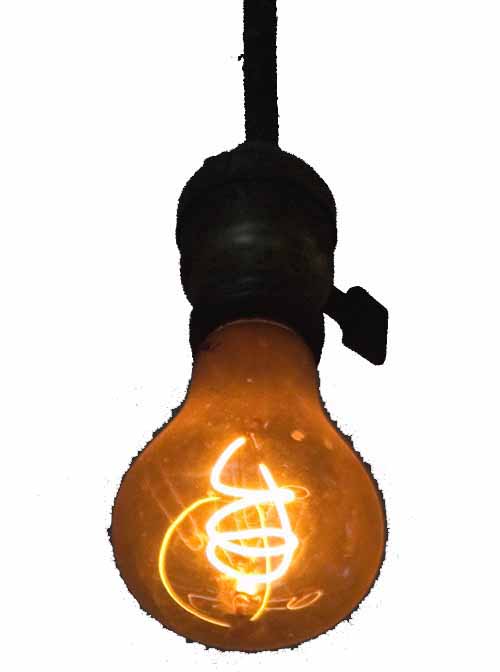
Current electricity is the continuous flow of electrons known as “electric current” between atoms in a closed path. The path that is followed by electrons is known as “electric circuit”. The electric circuit needs to be closed for the electric current to flow; e.g. when you push a button to power on a light bulb, you are actually closing the circuit (completing the path for electrons)through which electrons flow to power your light bulb.
Closing the circuit does not mean that electric current will always flow, electric current needs a kind of push known as “electric potential” to go around the circuit. Electric potential is measured in volts, which is supplied by electric utilities to your house at around 120 volts or 220 volts depending on your country.
Static Electricity

Static electricity is the stored form of electricity. It doesn’t flow but can be made to flow in the circuit. Static electricity is made when electrons jump from one substance to other, creating the charge imbalance between them. A substance where electrons jump becomes negatively charged because it has now more electrons than protons, and the substance from where electrons jumped becomes positively charged because it has now fewer electrons than protons. This charge imbalance creates an electrostatic force between the two substances and static electricity is created between them. For example, when you comb your hair, a charge imbalance is created between your hair and the comb. Which creates an electrostatic force between them. That is why your hair are attracted to comb when you bring hair near it.
Static electricity can be converted into current electricity by connecting two substance through a path. Have you ever seen a lightning bolt striking the ground? That was actually static electricity converted into current electricity through the path provided by air.
